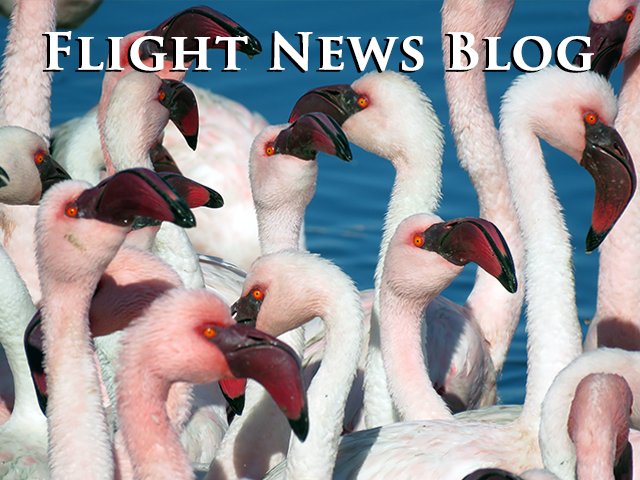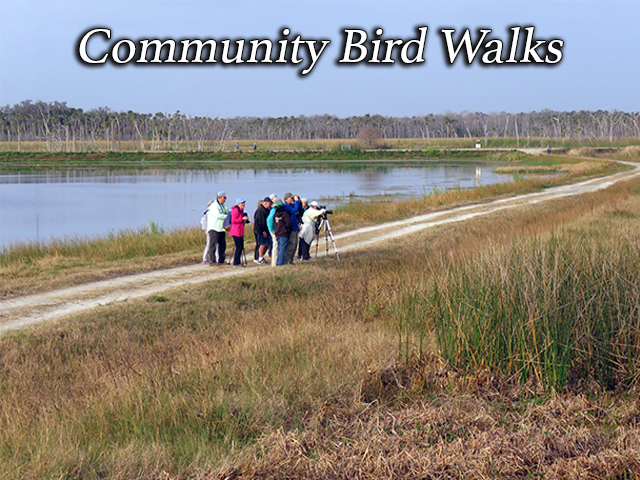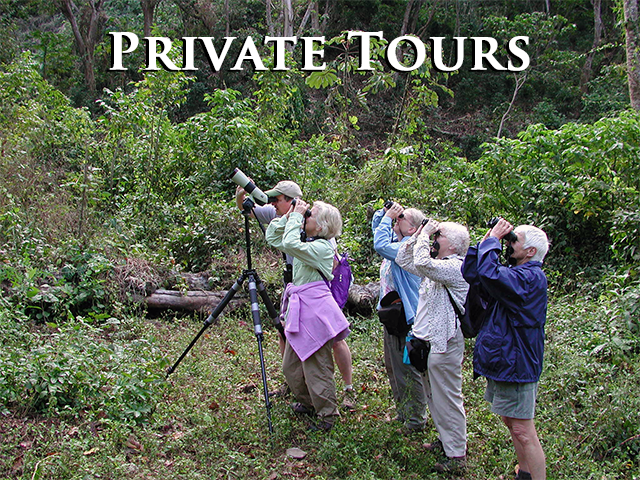Northern Ohio & Michigan

“Springtime Warblers”
May 16-23, 2021
-OH_Sm.png)
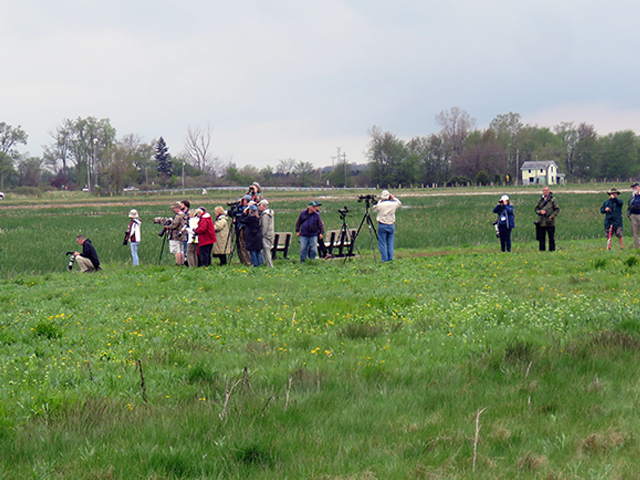
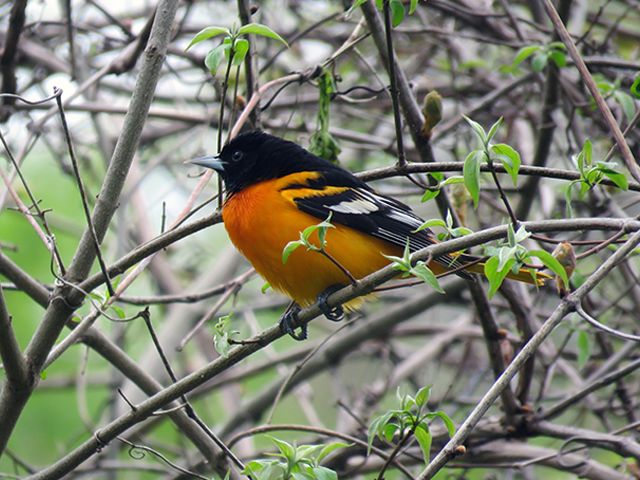
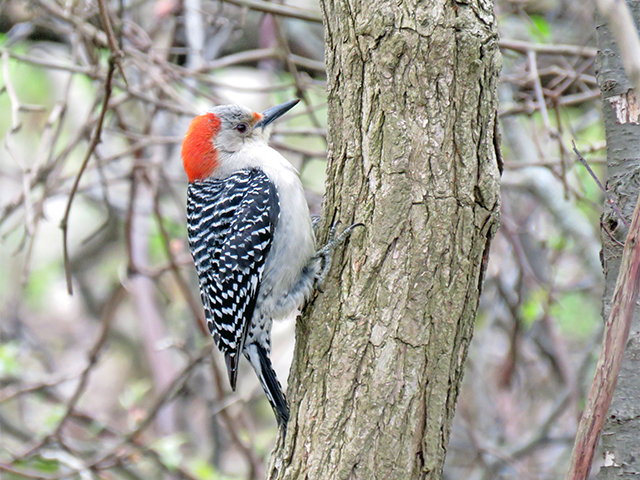
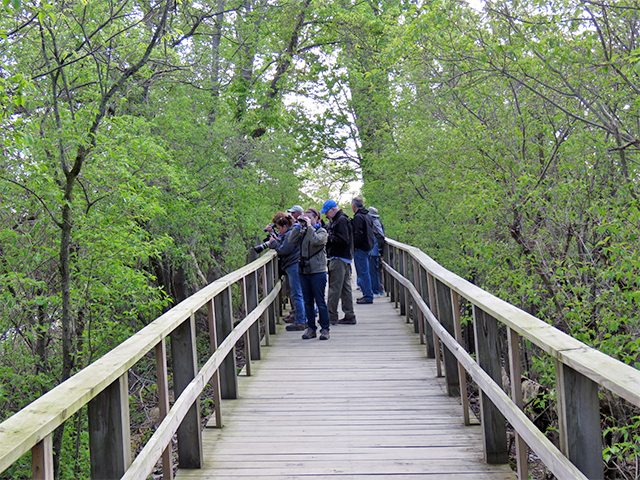
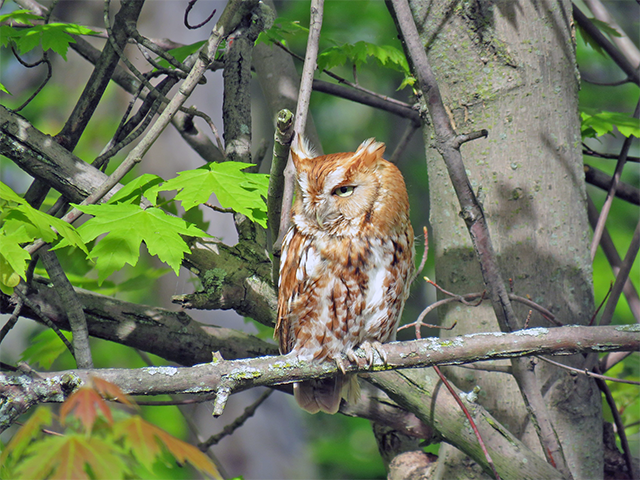
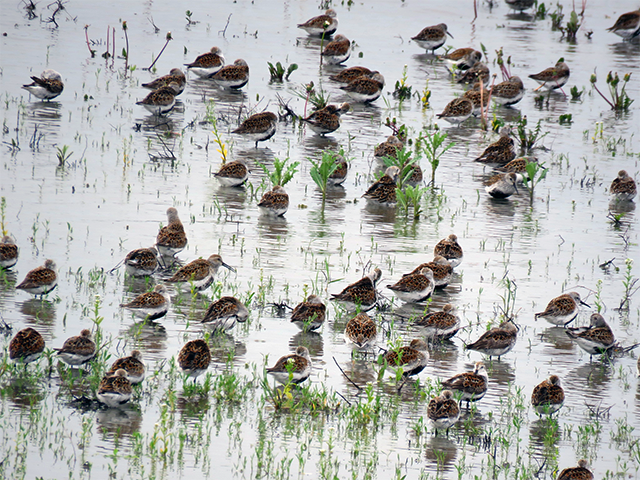
Register by clicking the ‘book now’ button above, or by contacting the Ventures office. We accept credit cards for an additional fee (2.9% for MC, Visa, Discover; 3.9% for AmEx), but you may also pay by bank transfer, cash, check, or money order. This Venture is limited to 8 participants.
Cost of Ohio and Michigan Venture: $1985 from Toledo, based on double occupancy ($475 single supplement) Price includes: All transportation, accommodations, all meals, entry fees, taxes, trip packets, bird checklist & guide/leader service. Not included: Airfare, alcoholic beverages, tips/gratuities, laundry and other items of a personal nature
The vast array of freshwater marshes, woodlots and fields of Northern Ohio are a must-see for North American birders. During spring migration thousands of birds pour through on their way north to breed in the extensive forests and wetlands of Canada; many will congregate in the lakeshore forests during rainy and windy conditions. Once the weather lifts the birds will continue their journey across the open water of Lake Erie.
Thousands of birders and nature-lovers now visit Northern Ohio in the springtime, hoping for a glimpse into the wonder of spring migration.
We will visit a number of places with place names many of us are familiar with from birding articles: Maumee Bay State Park, Metzger Marsh, Pearson Metropark, Oak Openings, Sheldon Marsh, Willow Point, Ottawa National Wildlife Refuge, Black Swamp Bird Observatory and, of course, the famous boardwalk at Magee Marsh. We will also head into adjacent Michigan to see the closest colony of Yellow-headed Blackbirds at Pointe Mouillee and then north to see Kirtland’s Warbler.
By moving around from place to place we should see over 25 species of warbler- all in their spring breeding colors. We should also see Wood, Swainson’s and Gray-cheeked Thrush, Veery, both Black and Yellow-billed Cuckoos and at least 5 Vireos. Trumpeter Swans are common and the last remaining wintering ducks should be moving through – in other words, almost anything is possible. Last year’s rarities included Le Conte’s, American Tree and Clay-colored Sparrows, Wilson’s Phalarope and both Mourning and Connecticut Warblers.
Whether we see rarities or just the spectacle of spring migration we are sure to have a good time birding this part of the country.
Some of the Birds We Hope to See
Trumpeter Swan, Sandhill Crane, Bald Eagle, Northern Harrier, Broad-winged Hawk, Black Tern, Sora and Virginia Rails, Upland Sandpiper, White-rumped Sandpiper and other migrant shorebirds; Warbling, Red-eyed and Yellow-throated Vireos, Many Warblers, including Nashville, Bay-breasted, Black-throated Blue, Blue-winged, Golden-winged, Blackpoll, Magnolia, Yellow, and maybe Connecticut and Mourning; Baltimore and Orchard Orioles, Lincoln’s, Swamp and Field Sparrows and many more.


